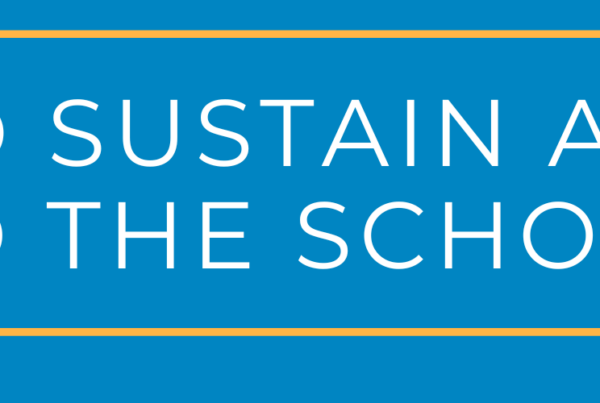 By Scott Lutostanski
By Scott Lutostanski
Whenever I think of checklists, I think of my dad’s boat. You see, my dad has a boat that he has to put in the lake each spring (and take out each fall). For 20 years, I have been helping my dad with the task. And for 20 years, it’s almost like we forget everything each time we have to do it. What are the things we have to do with the trailer? What supplies go in the boat? In what order should we do it all? And of course, don’t forget to put the plug in. We’ve never made a mistake, and it’s because in the late 90’s, my dad laminated a sheet of paper that had every single step we needed to accomplish. We go right down the list, and we’re waterskiing in no time.
A checklist—it’s a pretty simple concept. There are a set number of tasks that need to be completed, and so they are written down in an easy-to-follow list to help us accomplish something. In an academic sense, usually this happens in a planner. We write down the steps we need to complete that night: math homework, read a chapter of history, and complete a Spanish worksheet.
A list is just that: a list. As I often say, making a grocery list doesn’t put fresh fruit in your refrigerator; however, it does show a sense of planning, preparation, and thought about what needs to be accomplished.
The difficult thing for a student who isn’t used to a list, or their planner, is they struggle to use it effectively. This means they don’t understand the cognitive thought process, or roadmap, that they need to use in order to efficiently get through their day. It sounds somewhat bizarre, but students who struggle with their executive functions need to be taught how to make a list, how to use a list, and how to work through a list. Just like a grocery list requires a bunch of follow-up steps—get money, drive to the store, find everything, drive home, put groceries away— so too does a list in a planner. Students must understand that a list in a planner doesn’t just mean “this is the work for the night,” but it also means they must know the materials that need to go home, how difficult the work is, how long it will take, and when it is due. Not to mention, students should be able to prioritize and plan their evening of homework. This is the true cognitive roadmap that students need to understand.
Just like the boat checklist my dad and I use twice each year, students should fall into a rhythm of using their planner and creating checklists each day. As they learn, practice, and grow their skills, they will begin to depend and rely on this skill. Checklists and planners are an essential part of learning and executive function growth.
Scott will be giving an Academic Success Chat on Executive Functioning for the High-Achieving Underperformer at our Madison office tonight, February 14, from 7PM-8PM. Visit this link for more information and to get signed up.





